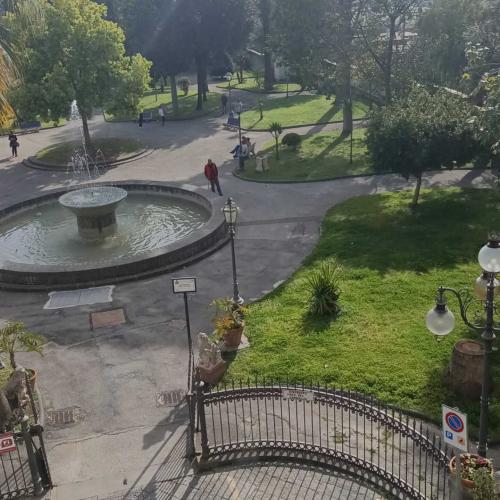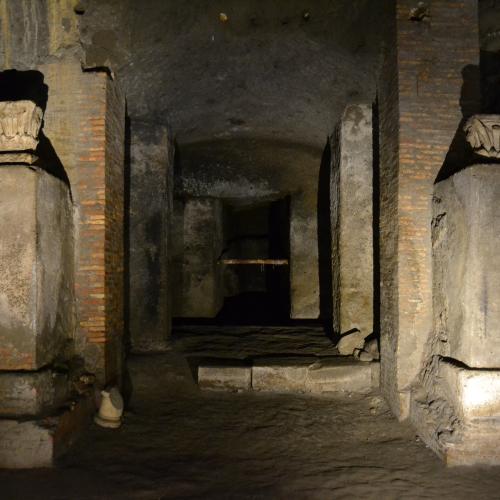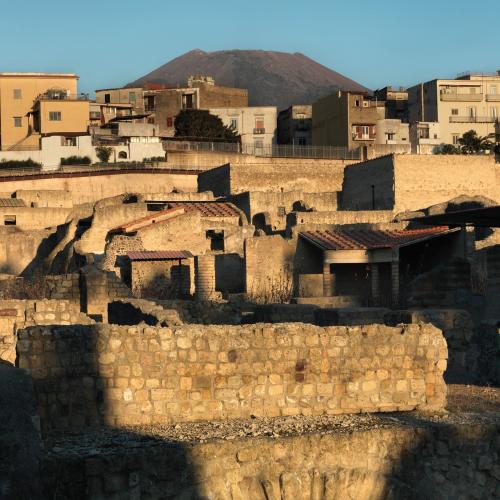Starting from the garden of the Villa Comunale, in a few minutes you can reach the ancient theater of Herculaneum and from there the archaeological park, with an adjoining walk on the archaeological belvedere between Via Cortili and Via Mare. & nbsp;
Map
Lunghezza:
Tempo:
The villa already existed in the 18th century, with a parterres garden planted with citrus trees, as noted in the Map of the Duke of Noja. Owned by the Passaro family, it was donated to the Municipality of Herculaneum at the end of the 19th century and has since then been used first as a public park and in recent times has become the seat of the city administration.
ViewCurrently located outside the Herculaneum Excavations, the theater, still embedded in the tufa bank, was excavated through a series of tunnels in the 18th century. The visit currently takes place through a series of flights of stairs and tunnels that allow visitors to see parts of the buried building, descending to the orchestra floor, paved in white marble. The stage space is largely occupied by two large 18th-century pylons built by Francesco La Vega for static reasons. The stage front features the royal door in the center, the two hospitales doors on either side, and four side niches, where statues recovered in the Prince d'Elboeuf's burrow excavations were originally placed, including those known as the Small and Great Herculaneum, now preserved in the Dresden Museum.
ViewThe absolute exceptionality of the site has also been recognized worldwide by UNESCO, in whose lists it has been included since 1997. The tour routes recount the life and final hours of a luxurious town in the shadow of Vesuvius, consigned to history by the eruption of 79 AD. Streets, houses, public spaces, wellness and baths, workshops and artisan activities, the sacred, are just some of the themes that are clearly perceived, in a unique visit, capable of offering an intimate and collected experience in the tangible and intangible cultural heritage.
ViewAdditional information
Did you like it? Leave a review
Your opinion is important! It will be visible after approval by the editorial staff.
To post a comment you must be an authenticated user.






